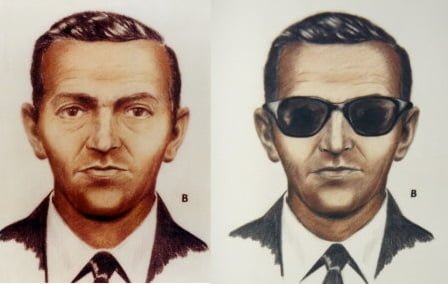Martial Law
What is martial law? it is a law which authorizes the use of armed force in certain situations. Example: Martial law is often enforced when a country is at war. Most declarations of martial law have some common features. Generally, the institution of martial law contemplates some use of the military force.
To a varying extent, depending on the martial law order, government military personnel have the authority to make and enforce civil and criminal laws. Certain civil liberties may be suspended, such as the right to be free from unreasonable SEARCHES AND SEIZURES, FREEDOM OF ASSOCIATION, and freedom of movement. And the writ of HABEAS CORPUS may be suspended (this writ allows persons who are unlawfully imprisoned to gain freedom through a court proceeding).
Martial law involves the temporary substitution of military authority for civilian rule and is usually invoked in time of war, rebellion, or natural disaster.
The establishment in a country of an exceptional judicial state, in which In the United States, during the wave of repression against the Ku Klux Klan in 1871. In the United States, it refers to different periods in the history of the United States during which a region or the whole of the United States was placed under military control.
At a federal level, the president is the only one who can impose martial law
In each state, the governor has the right to impose martial law within the borders of the state. In the United States, this law has been used in a limited number of circumstances, such as the Battle of New Orleans or after major catastrophes, such as the Great Chicago Fire of 1871 or the the San Francisco earthquake of 1906, and again during riots, such as the Omaha race riot of 1919 or the Lexington riots of 1920.
Local leaders during these riots declared martial law to protect themselves mob violence, as in Nauvoo, Illinois, during the Illinois Mormon War, or in Utah during the Utah War; or in response to the chaos associated with protests and riots, such as the 1934 West Coast waterfront strike in Hawaii following the Japanese attack on Pearl Harbor, and during the civil rights movement, here in response to the Cambridge riot of 1963.
Concept of martial law in the United States
It is closely related to the right to habeas corpus, which is in essence the right to a hearing during legal imprisonment, or, more broadly, to verify the correct application of the laws. by the judiciary. The ability to suspend habeas corpus is directly associated with the imposition of martial law 1. Article 1, Section 9 of the United States Constitution provides: “The privilege of the right of habeas corpus shall not be suspended except when, in the event of rebellion or invasion, public safety so requires.
” There have been many instances of use by the military within the borders of the United States, such as during the Whiskey Rebellion and in the South during the Civil Rights Movement, but these acts are not due. to a declaration of this law.
The distinction must be as clear as that between martial law and military justice: the deployment of troops does not necessarily mean that civilian courts cannot function: this distinction is one of the keys, as the Court noted.
What is habeas corpus?
Habeas corpus is a recourse in law through which a person can report an unlawful detention or imprisonment to a court and request that the court order the custodian of the person, usually a prison official, to bring the prisoner to court, to determine whether the detention is lawful.
Martial law is limited by several court decisions in the U.S.
In the United States Code of Laws, it is limited by several court decisions that were rendered between the Civil War and World War II. In 1878, Congress passed the Posse Comitatus Act, which prohibited the United States military from participating in the enforcement of national laws without the approval of Congress.
Sources: (NCJRS) National Criminal Justice Reference Service
Source of photo for ilustration: Snappygoat



